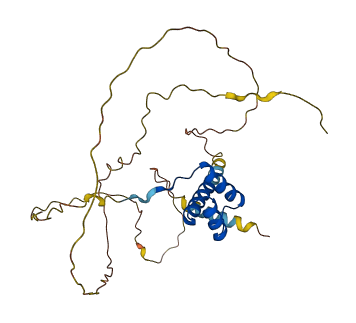| enteric nervous system development |
The process whose specific outcome is the progression of the enteric nervous system over time, from its formation to the mature structure. The enteric nervous system is composed of two ganglionated neural plexuses in the gut wall which form one of the three major divisions of the autonomic nervous system. The enteric nervous system innervates the gastrointestinal tract, the pancreas, and the gall bladder. It contains sensory neurons, interneurons, and motor neurons. Thus the circuitry can autonomously sense the tension and the chemical environment in the gut and regulate blood vessel tone, motility, secretions, and fluid transport. The system is itself governed by the central nervous system and receives both parasympathetic and sympathetic innervation. |
| locus ceruleus development |
The process whose specific outcome is the progression of the locus ceruleus over time, from its formation to the mature structure. The locus ceruleus is a dense cluster of neurons within the dorsorostral pons. This nucleus is the major location of neurons that release norepinephrine throughout the brain, and is responsible for physiological responses to stress and panic. |
| midbrain development |
The process whose specific outcome is the progression of the midbrain over time, from its formation to the mature structure. The midbrain is the middle division of the three primary divisions of the developing chordate brain or the corresponding part of the adult brain (in vertebrates, includes a ventral part containing the cerebral peduncles and a dorsal tectum containing the corpora quadrigemina and that surrounds the aqueduct of Sylvius connecting the third and fourth ventricles). |
| noradrenergic neuron differentiation |
The process in which a relatively unspecialized cell acquires specialized features of an noradrenergic neuron, a neuron that secretes noradrenaline. |
| oculomotor nerve formation |
The process that gives rise to the oculomotor nerve. This process pertains to the initial formation of a structure from unspecified parts. This motor nerve innervates all extraocular muscles except the superior oblique and the lateral rectus muscles. The superior division supplies the levator palpebrae superioris and superior rectus muscles. The inferior division supplies the medial rectus, inferior rectus and inferior oblique muscles. This nerve also innervates the striated muscles of the eyelid. Pupillary constriction and lens movement are mediated by this nerve for near vision. In the orbit the inferior division sends branches that enter the ciliary ganglion where they form functional contacts (synapses) with the ganglion cells. The ganglion cells send nerve fibers into the back of the eye where they travel to ultimately innervate the ciliary muscle and the constrictor pupillae muscle. |
| parasympathetic nervous system development |
The process whose specific outcome is the progression of the parasympathetic nervous system over time, from its formation to the mature structure. The parasympathetic nervous system is one of the two divisions of the vertebrate autonomic nervous system. Parasympathetic nerves emerge cranially as pre ganglionic fibers from oculomotor, facial, glossopharyngeal and vagus and from the sacral region of the spinal cord. Most neurons are cholinergic and responses are mediated by muscarinic receptors. The parasympathetic system innervates, for example: salivary glands, thoracic and abdominal viscera, bladder and genitalia. |
| positive regulation of transcription by RNA polymerase II |
Any process that activates or increases the frequency, rate or extent of transcription from an RNA polymerase II promoter. |
| regulation of respiratory gaseous exchange |
Any process that modulates the frequency, rate or extent of the process of gaseous exchange between an organism and its environment. |
| regulation of transcription by RNA polymerase II |
Any process that modulates the frequency, rate or extent of transcription mediated by RNA polymerase II. |
| somatic motor neuron differentiation |
The process in which neuroepithelial cells in the neural tube acquire specialized structural and/or functional features of somatic motor neurons. Somatic motor neurons innervate skeletal muscle targets and are responsible for transmission of motor impulses from the brain to the periphery. Differentiation includes the processes involved in commitment of a cell to a specific fate. |
| sympathetic nervous system development |
The process whose specific outcome is the progression of the sympathetic nervous system over time, from its formation to the mature structure. The sympathetic nervous system is one of the two divisions of the vertebrate autonomic nervous system (the other being the parasympathetic nervous system). The sympathetic preganglionic neurons have their cell bodies in the thoracic and lumbar regions of the spinal cord and connect to the paravertebral chain of sympathetic ganglia. Innervate heart and blood vessels, sweat glands, viscera and the adrenal medulla. Most sympathetic neurons, but not all, use noradrenaline as a post-ganglionic neurotransmitter. |
| trochlear nerve formation |
The process that gives rise to the trochlear nerve. This process pertains to the initial formation of a structure from unspecified parts. The trochlear nerve is a motor nerve and is the only cranial nerve to exit the brain dorsally. The trochlear nerve innervates the superior oblique muscle. |


